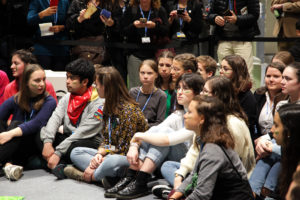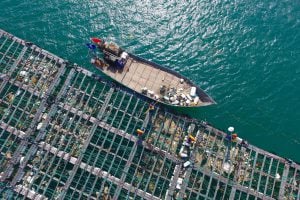Bao Yongqing’s “The Moment” won him the 2019 Wildlife Photographer of the Year award. He is the first Chinese photographer to receive the honour, which is awarded annually by the UK’s Natural History Museum. Besides working as a wildlife photographer, Bao is also a director of the Qinghai Wildlife Protection Society and of the Qilianshan Nature Conservancy Society. Qilianshan, where he lives, has an average altitude of over 3,700 metres. It is an important habitat for wildlife in the north-west of China, home to snow leopards, the Himalayan brown bear, the steppe wolf, the Tibetan sand fox, Thorold’s deer and the black-necked crane. China Dialogue spoke to Bao about the story behind his award-winning shot, and the impacts environmental protection has had on Qilianshan.

China Dialogue: Could you tell us about how you captured that image?
Bao Yongqing: In the image are two animals unique to the Qinghai-Tibetan plateau, the Tibetan sand fox and the bobak marmot, seen in the county of Tianjun, Qilianshan. I’ve been photographing the sand fox for a long time, so I know it well. I set up and wait near their dens every day.
I’d got there very early that morning and spotted one less than a kilometre from its den, waiting on a slope by a marmot burrow. I got my camera set up and concealed myself. Tibetan sand foxes breed between March and July every year, and the one in the photo has three cubs, so she hunted from dawn every day. A marmot would feed her litter for two days. But the marmots are wary creatures. They spotted the fox lying in wait and issued ear-piercing warning calls. After about an hour the marmots seemed to forget the danger and left their burrow again to eat. The fox saw her chance and started stalking her prey. She got within five metres before pouncing, which is when I got my shot. I watched the whole process and took thousands of photos over three hours.
Then what happened?
The two struggled for some time, with the fox having the marmot by the neck. But marmots are social animals and two others, seeing their companion in danger, ran over to try and drive the fox away. The fox ran between the three of them, attacking the injured one when it had a chance. That went on for five or six minutes, with the injured marmot eventually collapsing. The fox then broke free of the other two marmots, picked up its prize and ran off.
I got really caught up in it, hoping that both animals would make it out alive. That would mean I got my shot of the fight, but the animals would be safe. On the grasslands, though, the strong eat the weak, and I aim to reflect that reality. I didn’t feel good about it, but I know all animals have their own ways of living. Any human interference can have unexpected outcomes.

What’s it like being a wildlife photographer on the Qinghai-Tibetan plateau?
Wildlife photography is difficult work, particularly at heights where you have to deal with altitude sickness, and there are long periods of solitude. It’s very testing. But when I capture a unique moment, I forget all that hardship. I never get bored of it.
I like the authenticity of the animals I see through my lens, so I spend a lot of time understanding their routines and habits and do my best to minimise any disruption. For example, when photographing the Tibetan sand fox I learned when they mate, give birth and feed. You have to understand them to be able to find them. Then I decide how to get the shot I want. Wildlife photographers have to be able to spend hours waiting in a single position. Animals aren’t people. You have to get the photograph on their terms. It would be very foolish to disturb their routines for the sake of a photograph.
See also: Photo essay : Wildlife competition highlights diversity and threats
How did you become a wildlife photographer?
I’ve lived in Tianjun county since I was a child. There’s a lot of wildlife there, and it’s a Tibetan area, so there’s a reverence for animals and all forms of life. And since I was a child, I’ve had this desire to know what animals do when we’re not there to watch them.
In 2012, I saw another photographer’s images of wildlife and had an idea: to publish a book of images of our local wildlife so future generations could see them. It was a very straightforward idea. I wasn’t planning to win prizes, just to leave a record. So I became an amateur photographer. That book’s almost finished now, though I’m not yet happy with the images I’ve got of the jackals and Chinese mountain cats.

What effect do you think the prize will have?
As a Chinese wildlife photographer, I feel honoured to have been able to show everyone the country’s wildlife. I hope the photographs I take will demonstrate the importance of conservation, and I hope to use my camera to tell everyone of the value of all living things. If my photographs mean more people learn about wild animals, revere them, co-exist with them – that would be my greatest achievement as a wildlife photographer.
And I think change is already happening, because since winning the prize I’ve talked to many foreign photographers who are curious about my home and its wild animals. “I never knew these animals lived there”, they say. People have even turned my images into memes, which I’m delighted about.
Has wildlife protection work changed Qilianshan?
The most obvious thing is that when I started taking photographs of wildlife in 2012, I had to drive 100 or even 200 kilometres. Now I can see Tibetan sand foxes, wolves, deer, steppe cats, all within a few tens of kilometres. That shows conservation there is achieving results. With more environmental protection and the state educating people about protecting animals, people’s awareness has increased. We put on exhibitions of wildlife photography every year, and we hope to see more children recognise the animals.

And what will you be working on now?
Winning the prize is not the final goal. I’m thinking about how to use my photographs and my work to show the world our local animals’ living conditions and their life in the wild. When you see wildlife on the television it’s almost always in Africa. It’s rare to see programmes on our own Chinese wildlife. I’d like to change that.
And now we’re faced with global warming, which affects the Qinghai-Tibetan plateau too, with more rainfall and glaciers melting. You can feel and see it. I hope too that my photographs will help people recognise the gravity of global warming, that any small damage inflicted on the environment can cause catastrophe. People need to understand that we’re not just protecting the planet – we’re protecting ourselves.
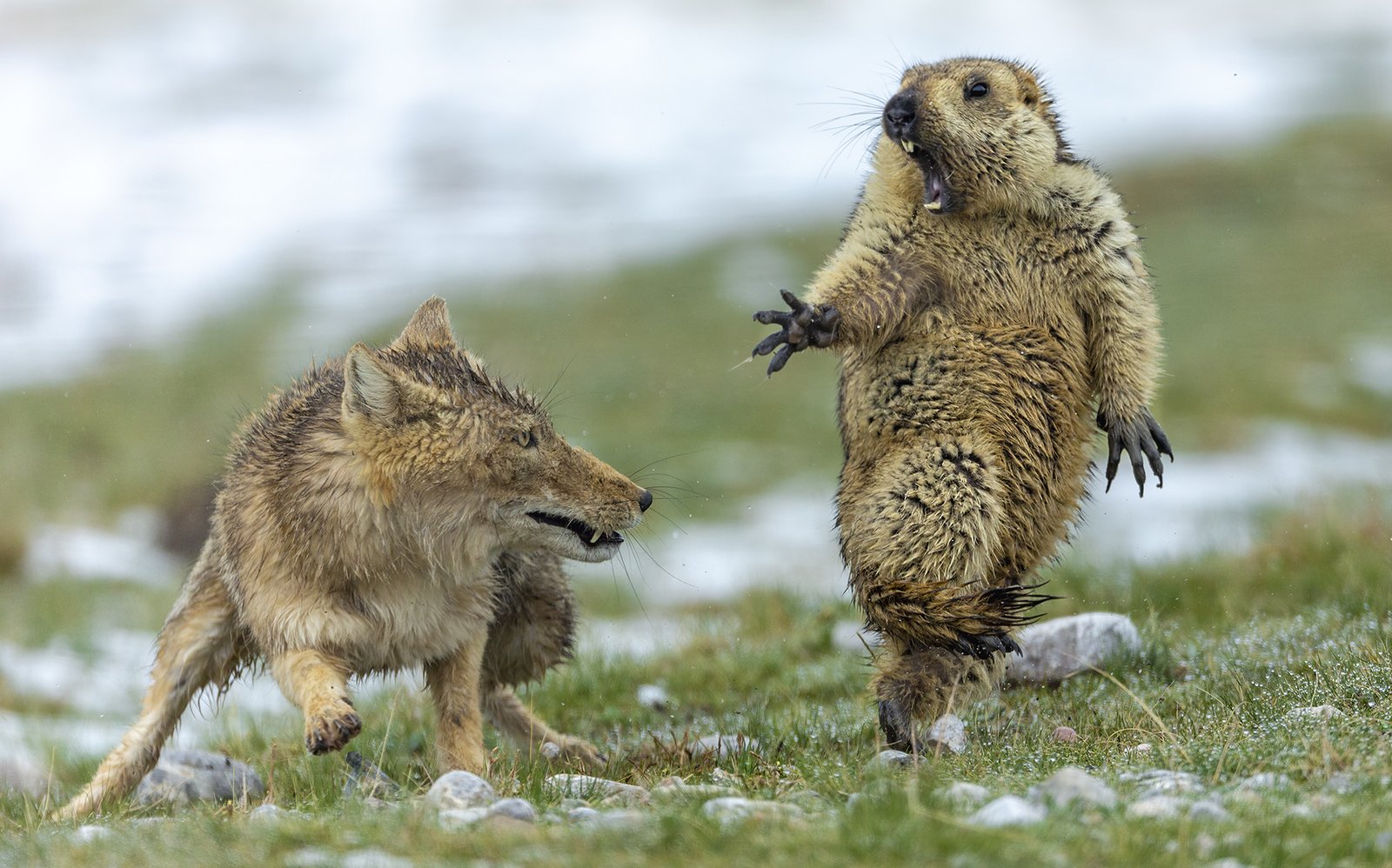
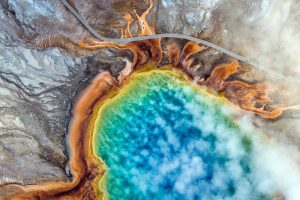
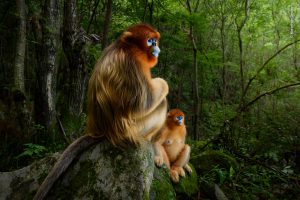
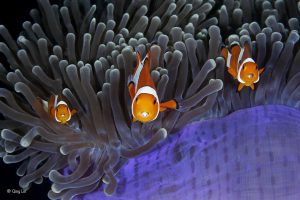
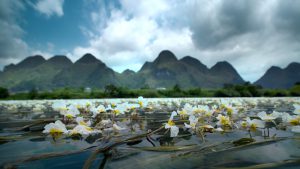
![Two fishermen on the Brahmaputra, a river that winds through four countries [image by: Sumit Vij]](https://dialogue.earth/content/uploads/2020/01/Brahmaputra-river-300x200.jpg)
